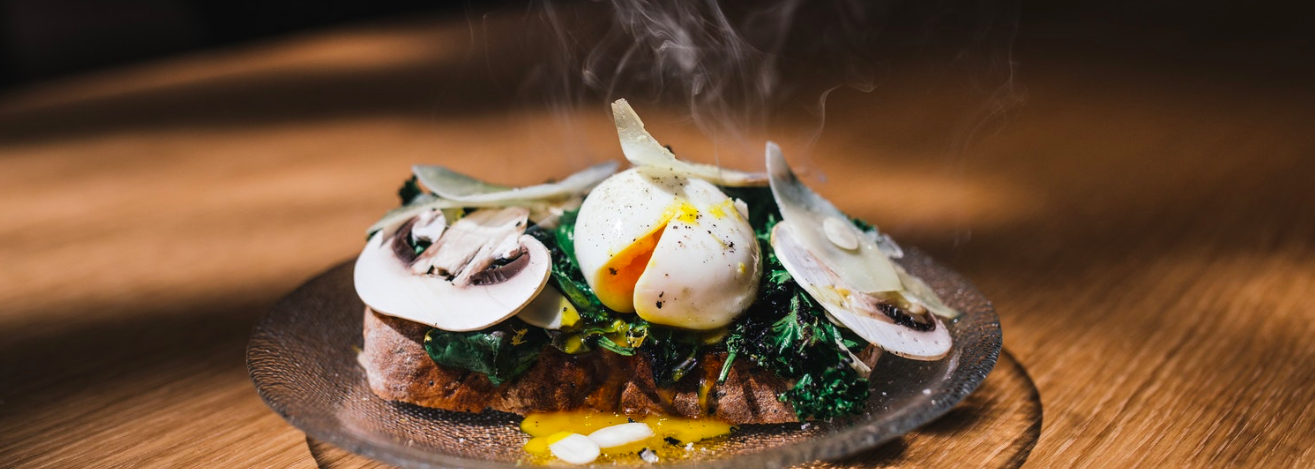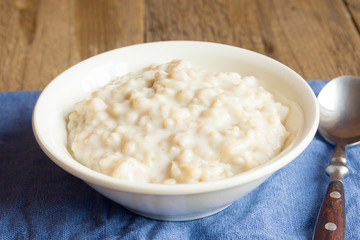Have you ever noticed how spinach has become sexy in recent years? Not just ordinary spinach but ‘wilted.’ When I was a kid you tried to avoid spinach as being one of those tasteless, soggy, evil-looking things that hard-hearted parents claimed was good for you. Now it is thrust upon you in every café, usually hidden under eggs benedict, or a similar dish. ‘Hidden’ is perhaps too strong a term as many cafés proudly feature the existence of the wilted green sludge in their menu descriptions. What did in offensive eggs do to deserve to be twinned in such fashion, I hear you inquire?

I think it all comes back to the idea that spinach is clearly good for you. You eat the green stuff and it is usually so revolting that you instantly know that it must be good for you. The sticky egg yolk flavour in your mouth, delightfully married with the slightly salty and greasy bacon after-burn is instantly wiped out by a cold, wet stringy taste, that only a dedicated worm in a compost heap could enjoy. According to cookery sites on the internet, there is a difference between ‘wilted’ and ‘soggy.’ This information came as a great surprise to me.

Isn’t it amazing how much restaurant chefs and even greasy-spoon diner cooks influence what we eat? It is all the fault of those television cooking programmes that make you believe that eating a meal is a fashion statement where the right ingredients and attitude is all important. Let’s get real – as baby boomers we know that eating is essentially is a refuelling exercise and we don’t need saucepan jockeys telling us how or what we should eat. Most of what you see cooked on television no ordinary person in their right minds would ever want to prepare or cook. Even the recipes in books or magazine articles that on first glance look interesting always have several ingredients in them that no ordinary person ever has in their pantry and can’t usually be found in your local supermarket? These days you can’t even use common salt. Instead, the recipe will tell you that need a special type of salt, hand-mined by a guru who lives in a cave in the Himalayas, and the dish will taste nothing without a seasoning obtained from the pollen of a plant, found only in central Africa that flowers once a millennium.

I am a big fan of a good salad and will happily eat them for almost every meal during summer. However, what actually constitutes a salad is now open to question. The apparently harmless question in a café of, ‘Would you like a side salad?’ can mean you get anything from a large plateful of lettuce and the other usual contenders, through to a small sad looking garnish of some green material that seems to have been chosen for the length and woody consistency of its stalks. Sometimes your ‘salad’ comes lathered in some sickly dressing, other times it is dry. Often you find your café meal has become an interesting mixture of a chutney or relish that seems to have no flavour relationship to the meat dish for which it is intended, along with a salad dressing of such a strong flavour that it totally disguises the taste of the salad. When your dining companion asks you, ‘How is your meal?’ The only appropriate reply is, ‘It’s…er… moist, thank you.’
As for the worldwide secret chef conspiracy to convince credulous punters that the correct way to cook meat and serve it is when it is oozing blood and the outside is barely singed, well, don’t get me started. If that was the correct way to eat meat then the ancient caveman would never have bothered to discover fire.
GrownUps, it’s time to rise up and tell the world where to put their wilted spinach and raw meat!
By Terry Carson.
This is another of Terry’s posts on GrownUps. If you like Terry’s work, you can read more from him here.










Join the Discussion
Type out your comment here:
You must be logged in to post a comment.